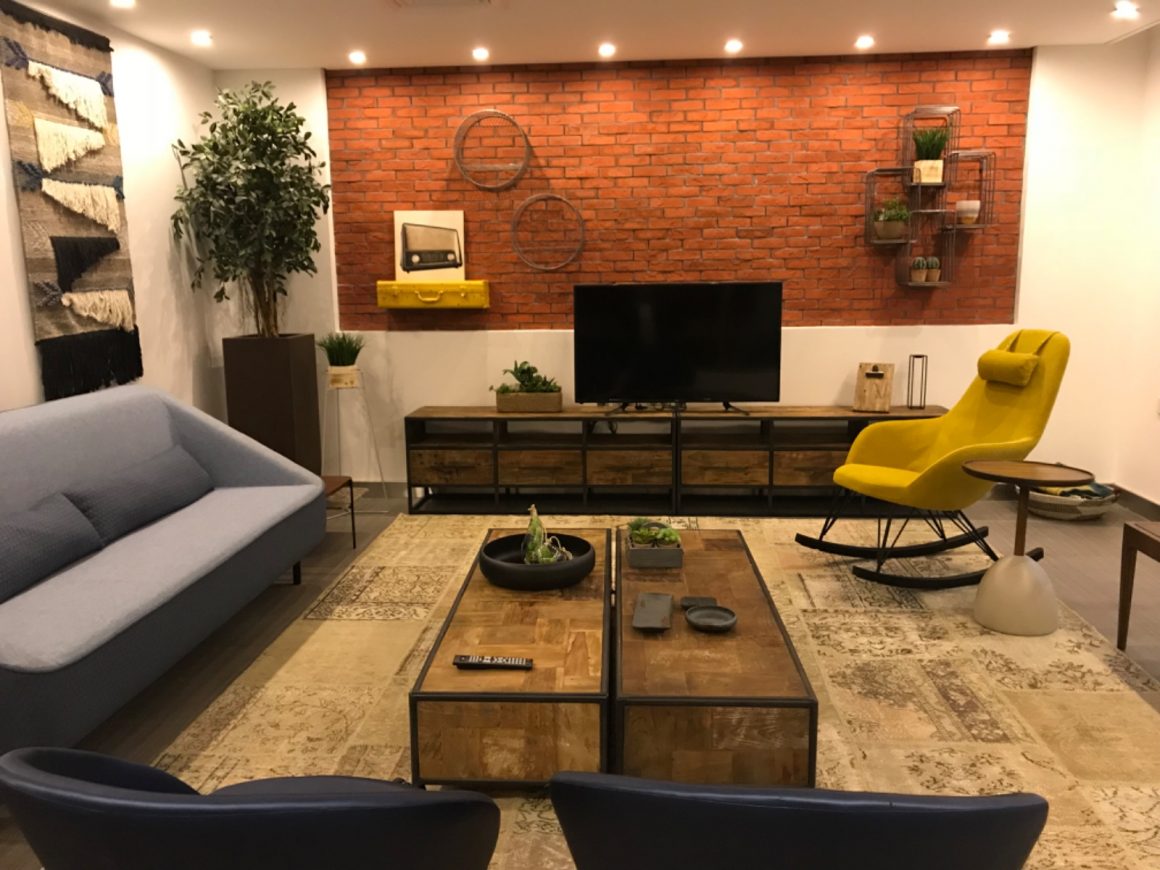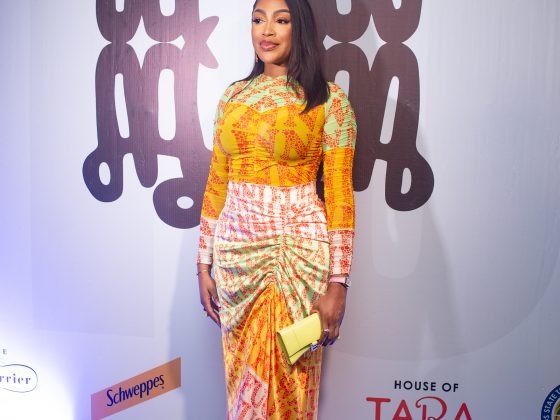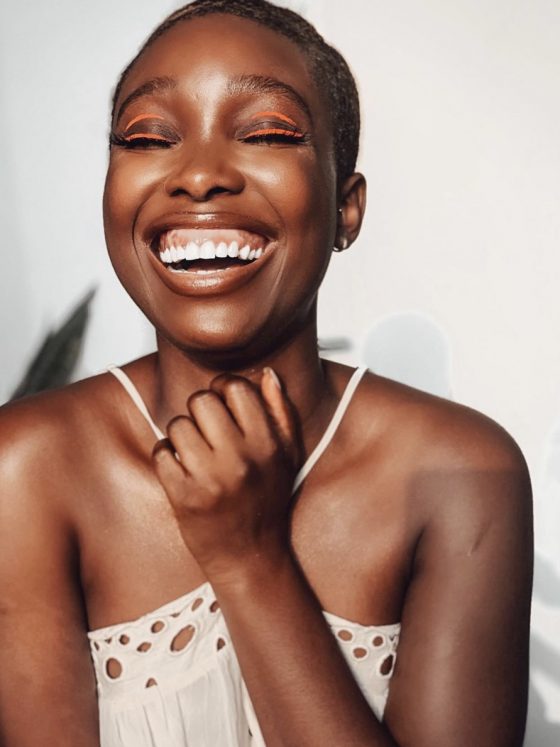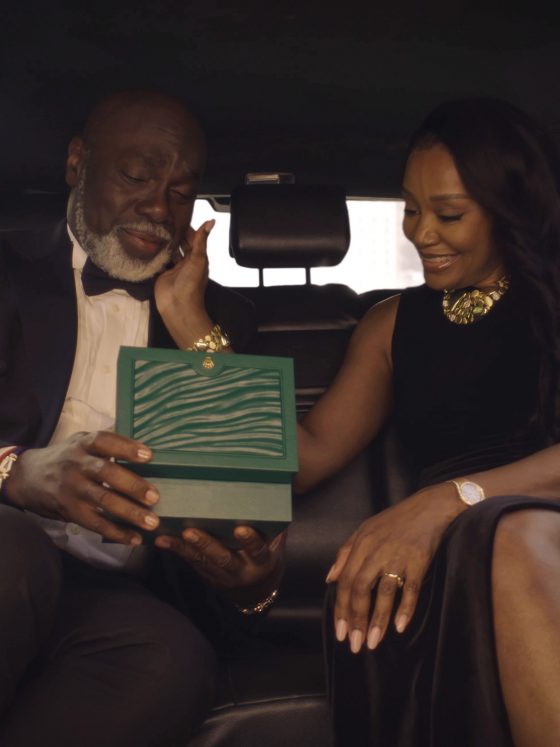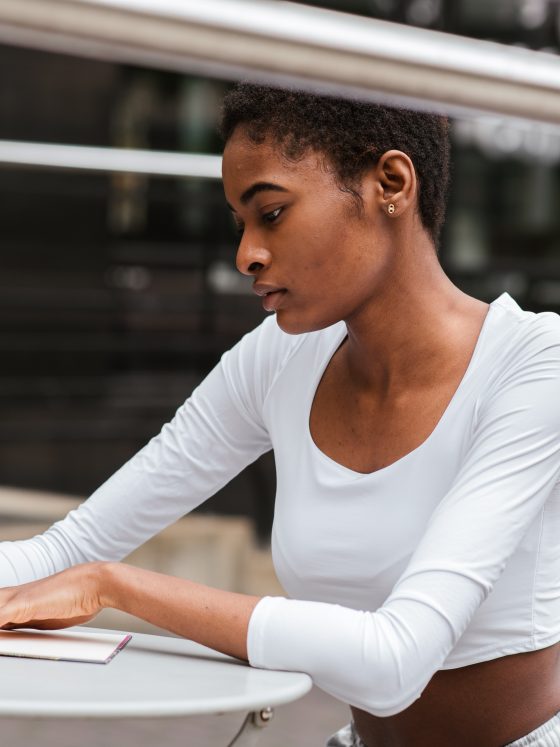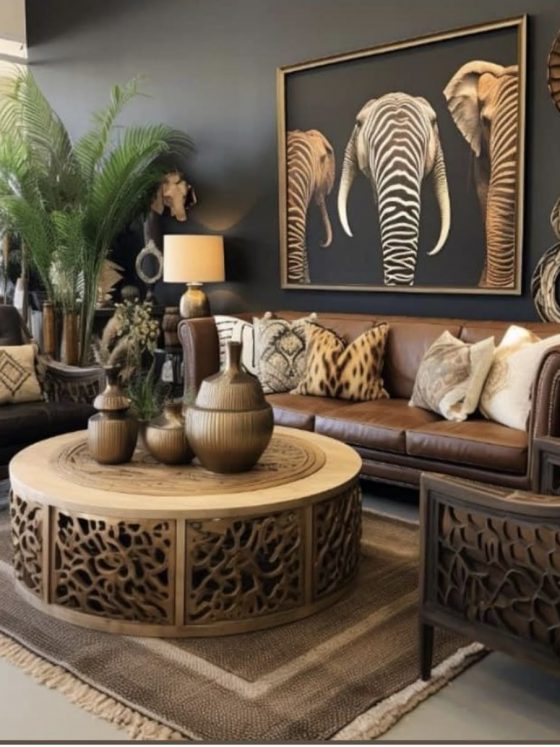There’s something undeniably charming about a home where vintage and modern design collide—where a sleek marble coffee table shares space with a 1960s radio, and a gallery wall includes both abstract prints and grainy black-and-white photographs of people you’ve never met. Welcome to the beautiful balance of modern-meets-mid-century style—a décor trend that’s more than just aesthetic; it’s a celebration of stories, craftsmanship, and bold individuality.
Let’s get something straight: mixing old and new isn’t about clutter or creating a Pinterest-perfect living room. It’s about creating a space that feels lived-in, curated, and deeply personal. Whether it’s your grandmother’s dial phone or a thrifted teak console from the ’50s, vintage pieces bring warmth, soul, and history into our ever-evolving modern lives.
The Charm of the Past: Why Vintage Still Matters
Vintage décor isn’t just a passing trend. The reason why mid-century design keeps making a comeback is because it never really left. The clean lines, warm woods, and organic curves of the 1950s and 60s were designed to be timeless—and guess what? They still are.
Think about the old rotary dial phone—clunky, adorable, and brimming with nostalgia. While you may never use it to make a call, it makes an incredible conversation starter on your entryway console.
These pieces ground a room with their sense of history and craftsmanship, offering a refreshing contrast to mass-produced, cookie-cutter furniture.
Mixing 101: Balance, Don’t Battle
When mixing mid-century and modern, the golden rule is balance. You’re not trying to recreate your grandfather’s den or design a sci-fi set. The sweet spot lies somewhere between them—where vintage pieces act as accents, and contemporary elements provide freshness.
Let’s say your living room is dominated by modern furnishings—low-slung sofas, clean edges, monochrome tones. Adding a vintage Persian rug immediately softens the sharpness, adding warmth and a sense of story. Or pair your minimalist dining table with a set of mismatched vintage chairs in walnut or leather. It’s those unexpected contrasts that make the room pop.
Iconic Pieces That Still Shine
Some vintage finds are just too iconic to ignore—and luckily, they play incredibly well with modern design.
The Rotary Dial Phone: Place it on a console, bookshelf, or bedside table. Even if it’s not connected, it’s full of character and makes any modern space feel more grounded and whimsical.
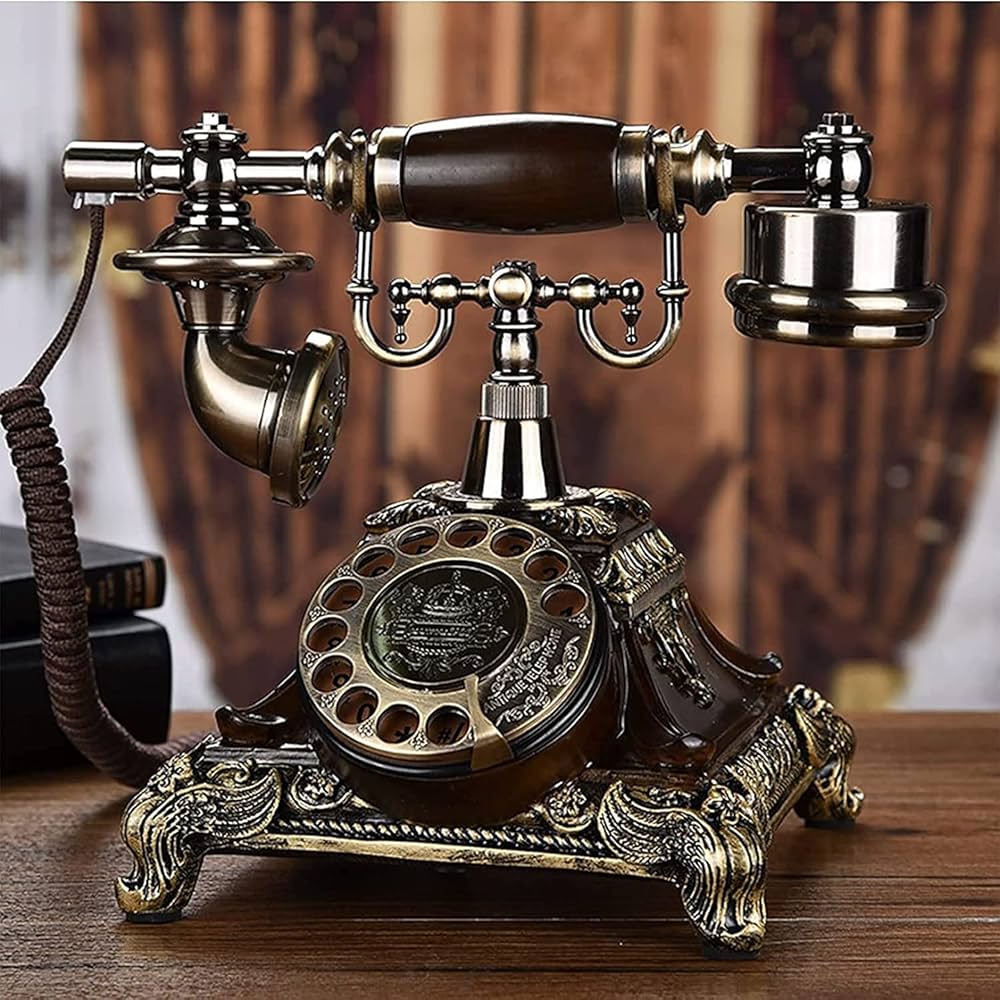
Mid-Century Sideboards or Consoles: These work beautifully in living rooms, hallways, or even as media stands. Their low profile and warm wood tones offer depth without overpowering a room.
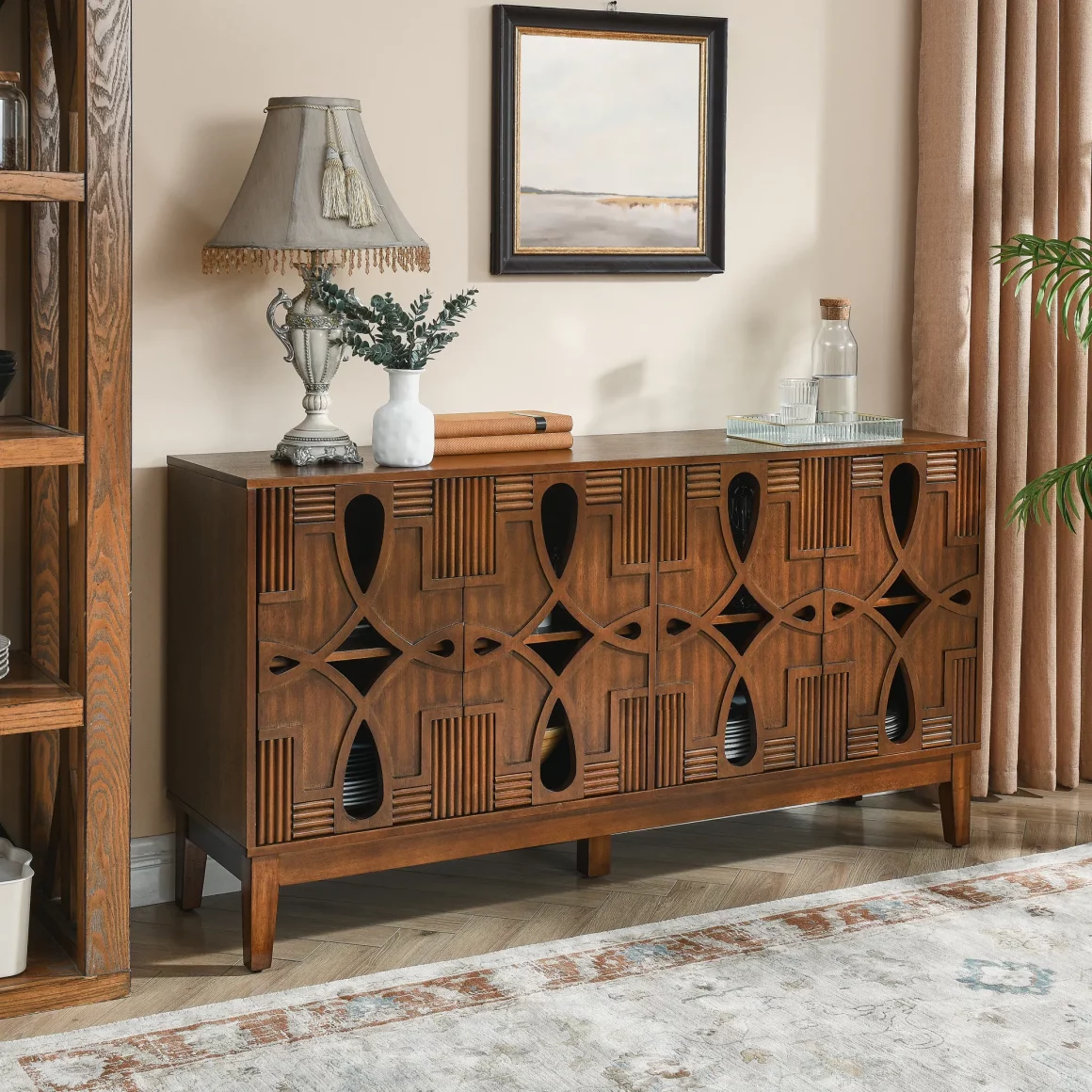
Retro Clocks: Sunburst wall clocks, flip clocks, or analogue desk clocks instantly bring personality. Position them against clean, white walls for maximum contrast.
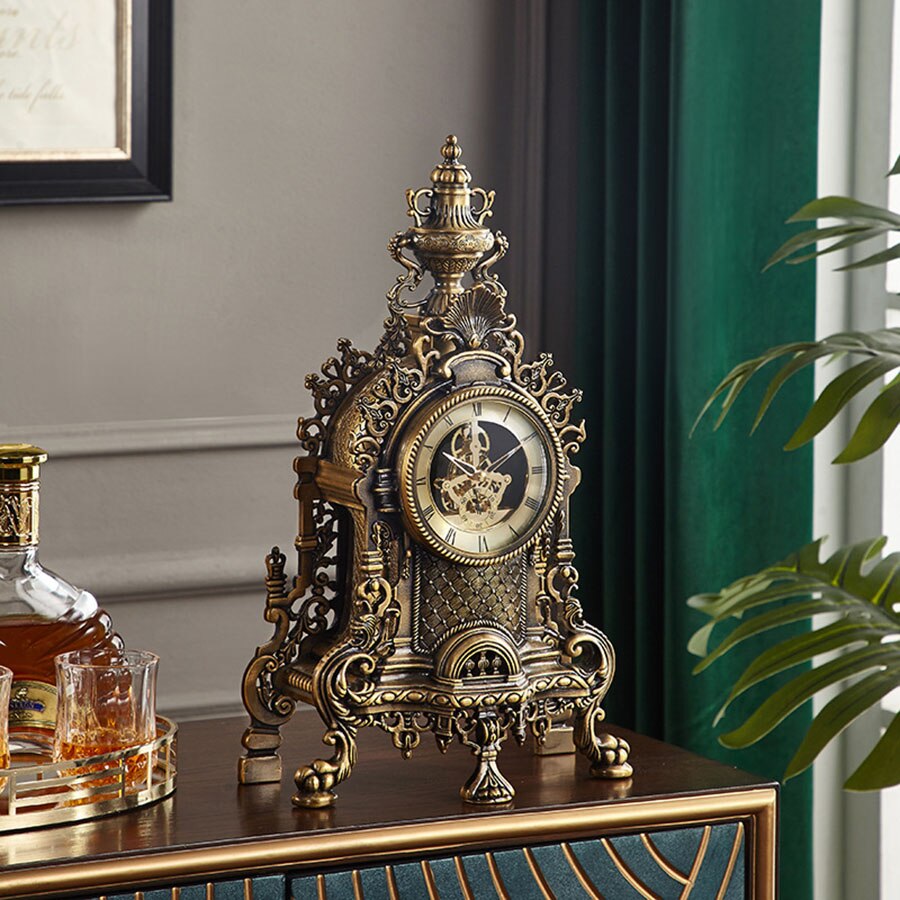
Vintage Typewriters: Perfect for a home office or bookshelf vignette, they strike that nostalgic note while still looking incredibly cool.

Art Deco Bar Carts: Not strictly mid-century but always welcome. Roll it into your living room corner and pair with modern glassware and LED lighting.
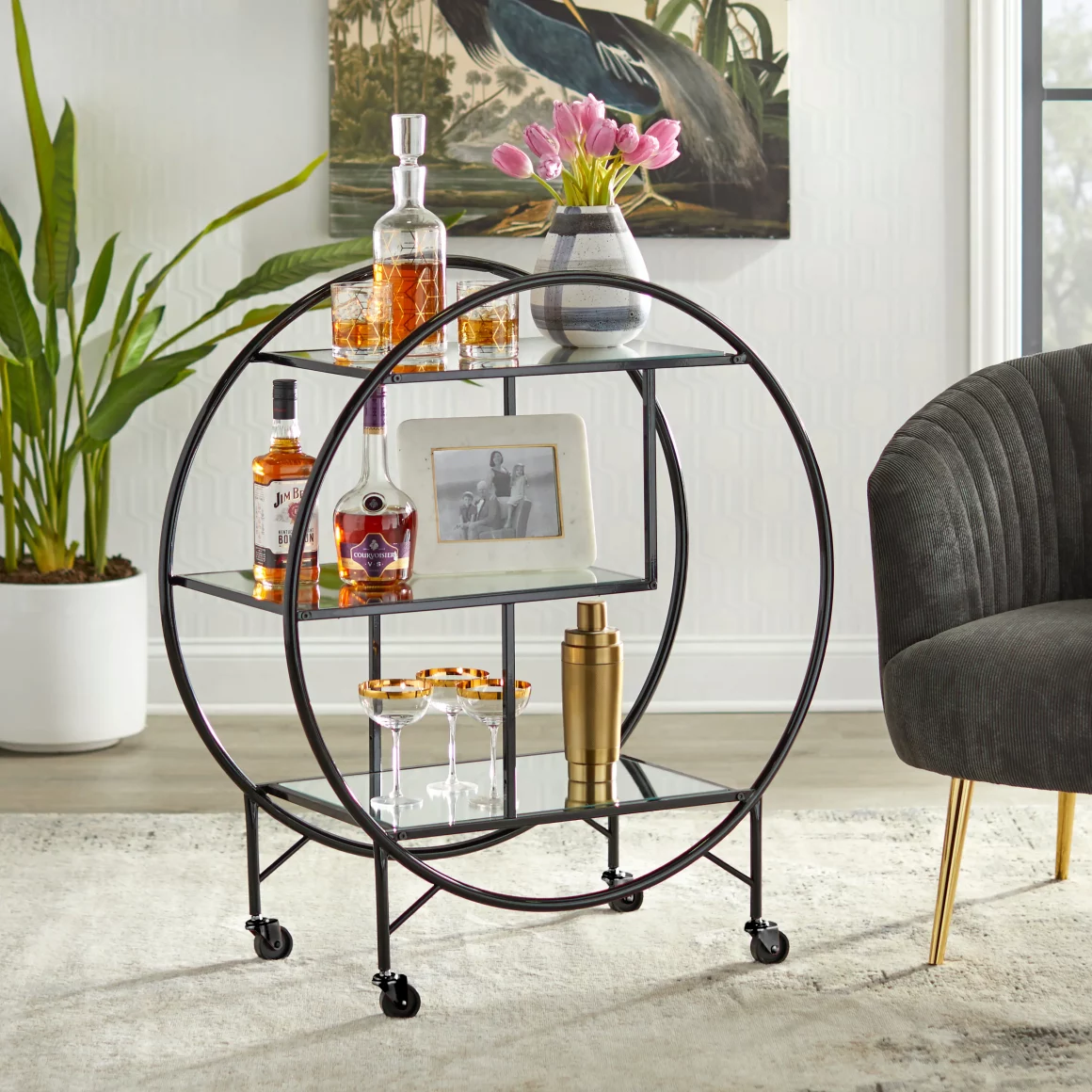
Color and Texture: The Secret Sauce
Mid-century design was big on earthy tones—mustard, burnt orange, olive green—while modern interiors tend to lean toward neutrals, blacks, and whites. The trick? Mix them smartly.
For example, a mustard armchair looks effortlessly chic beside a minimalist grey couch. Layer in textured cushions, macramé wall hangings, or rattan baskets to bridge the gap. You’re telling a visual story, and texture is your narrator.
Shop Smart, Style Smarter
Thrift stores, estate sales, and even your parents’ attic can be treasure troves of design gold. But the key isn’t just finding vintage—it’s styling it in a way that feels fresh. Reupholster old chairs with modern fabrics. Paint vintage wooden pieces in high-gloss black or white. Add LED strip lights behind that old bookshelf.
Remember: not every item has to be vintage. In fact, it’s more interesting when it’s not. Use your vintage pieces as punctuation marks—bold exclamation points in a room full of modern prose.

